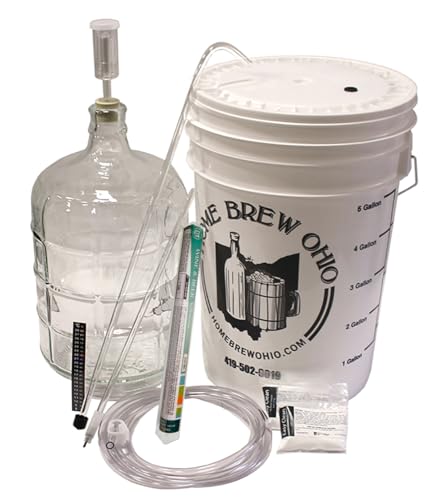IMO, 3 days into a ferment with increasing gravity that much is strange. The manufacturer of the kit is not mentioned. Here are a few possibilities.
> If the kit was one shipped with frozen juice, the increasing gravity is very likely a mixing issue. I have experienced it first hand. I started warming a couple of gallons of water to about 100*F and adding first when using these kits. Even then, I measure gravity multiple times over an hour or so before moving forward.
> I understand this is a white wine, most likely without skins. However, I've seen where adding skins with a different sugar content will shift the starting juice gravity. The same principle happens with acidity.
> Bubbles on the hydrometer tube is a possibility. Even with giving the tube a violent spin, the reading (floating level) can change by the time the spinning stops. This will depend on the yeast activity, and believe it or not, the type of yeast. Three days after pitching at a cool temperature marks about the time of 1/3 sugar depletion and maximum yeast activity. Rice Guy has a good test. I'll have to try that.
> As an FYI, I always ferment white wines on cool side, no higher than 65*F (+/- 1* with temp controller). If using EC1118, the yeast will work quite well with must temperatures in the mid 50*F's.

I hope you find the answers in your situation. Good luck!
Barry



















































